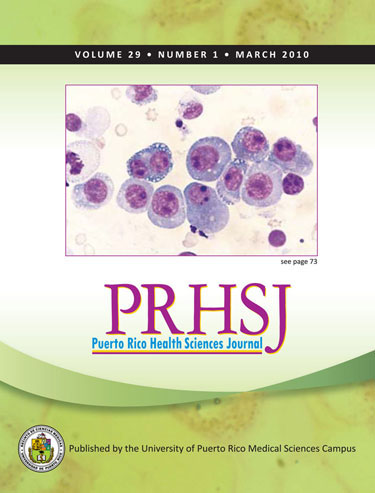Abstract
Since the first reports between the association of Human Immunodeficiency Virus (HIV) infection and neoplasia, there has been a dramatic change in the incidence and epidemiology of AIDS-related malignancies. Kaposi sarcoma (KS), non-Hodgkin’s lymphomas (NHL), and cervical cancer are classified by the Centers for Disease Control and Prevention (CDC) as AIDS-defining malignancies. However, since the availability of highly active combination antiretroviral therapy (cART), especially protease inhibitors, there has been a steady increase in non- AIDS defining malignancies, such as Hodgkin’s lymphoma (HL), lung cancer, hepatocellular cancer, anal cancer and others and a decline in AIDS defining neoplasias. Although the emergence of non-AIDS defining cancers could be a result of longer life expectancy and due to a better control of HIV, toxic habits and co-infection with other viruses such as hepatitis B, hepatitis C and human papilloma virus (HPV) could play an important role. The interactions of cART and incomplete immune reconstitution could be other factors explaining the increase in non-AIDS defining cancers. These emerging non-AIDS defining malignancies present a new challenge in the care of patients with HIV infection, and require optimal treatment protocols that take into consideration the interaction between cART and systemic chemotherapy. We review the current status of AIDS-related malignancies, its pathophysiology, epidemiology and management with emphasis in the changing patterns of presentation. [P R Health Sci J 2010;1:70-75]
Authors who publish with this journal agree to the following terms:
a. Authors retain copyright and grant the journal right of first publication with the work simultaneously licensed under a Creative Commons Attribution License that allows others to share the work with an acknowledgement of the work's authorship and initial publication in this journal.
b. Authors are able to enter into separate, additional contractual arrangements for the non-exclusive distribution of the journal's published version of the work (e.g., post it to an institutional repository or publish it in a book), with an acknowledgement of its initial publication in this journal.
c. Authors are permitted and encouraged to post their work online (e.g., in institutional repositories or on their website) prior to and during the submission process, as it can lead to productive exchanges, as well as earlier and greater citation of published work (See The Effect of Open Access).
